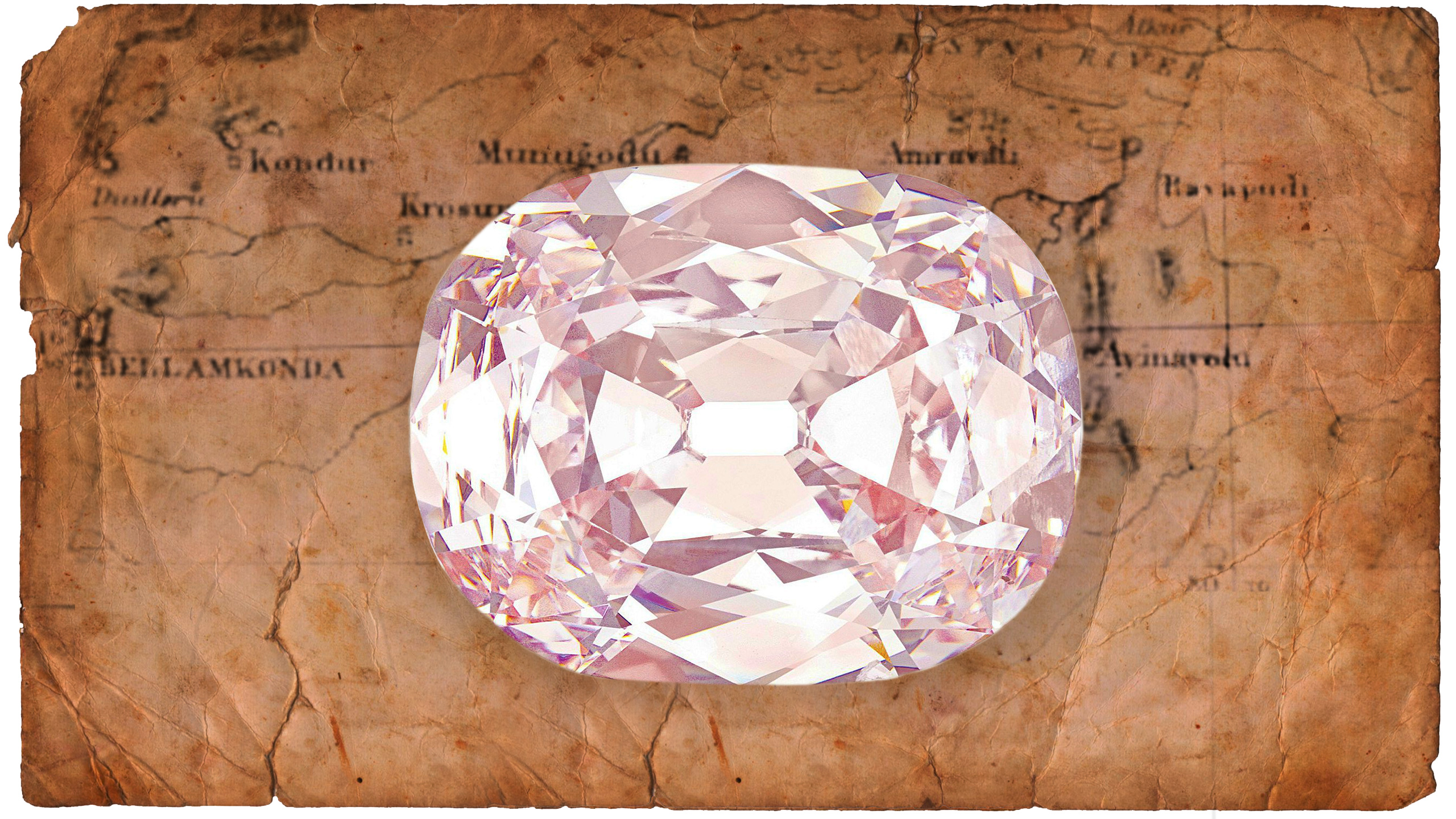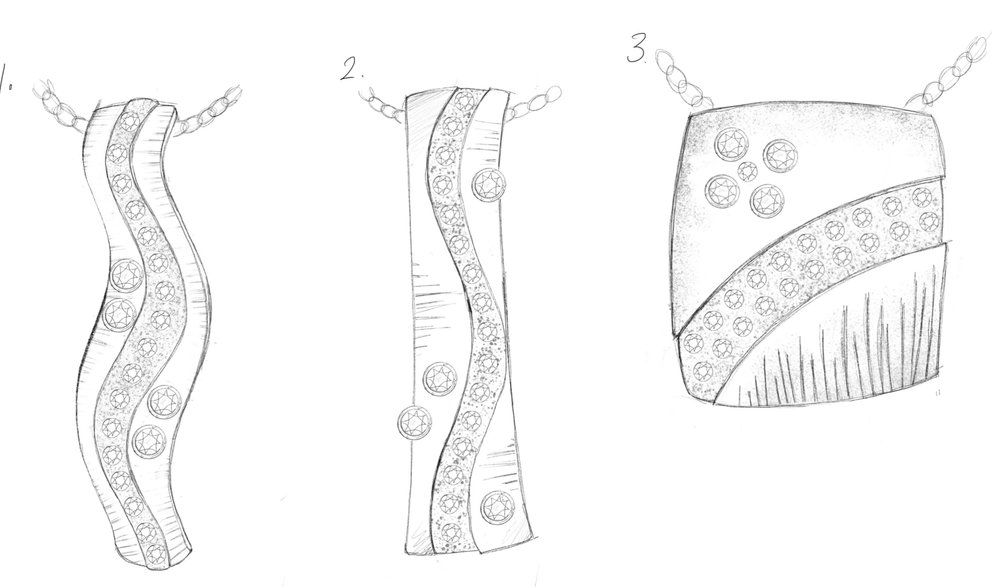How Technology Is Enabling More Sustainable Beauty Manufacturing

For sustainable solutions in beauty, packaging is just the beginning.
Today’s beauty manufacturers are relying on a plethora of methods to ramp up sustainability efforts and lessen environmental impacts before products even reach customers. Some businesses are digitizing manufacturing in order to test and track energy consumption, while others are leaning into solar panels and water recycling in the name of sustainability.
More from WWD
The renewed supply chain efforts come as an increasing number of big beauty companies strive to reach publicly communicated sustainability goals. And while technologies and efforts are easily implemented in newer manufacturing facilities, older sites may still have a hard time measuring their energy consumption in order to identify and rectify pain points.
“We have a factory in New Jersey [that] is fairly old. It’s a multistage approach, but first, we needed to measure to know exactly how we were losing energy, losing water or where we could be more efficient,” said Max Bogaert, head of operations, Shiseido Americas. “Historically, everything was only built on one electricity meter, one gas meter or one water meter.”
Companies are equipping facilities with more technologies to better understand potential areas for improvement. P&G Beauty’s Namrata Patel, senior vice president of global beauty products supply, has implemented those measures in a West Virginia facility, the largest in the company’s network of 15 factories.
“It’s a highly digitized manufacturing plant, which uses artificial intelligence to track the entire manufacturing process. It helps us measure our sustainability goals as well, because we’re really able to identify all of the many steps that go on within that facility, instead of manual accounting,” Patel said. “It’s all about being extremely agile, efficient and digitized, and all of this is underpinned by sustainability.”
The Estée Lauder Cos., which is building its first facility in Asia to better serve the region, is relying on similar types of technology. “We’re investing in innovative technologies for manufacturing, like leveraging artificial intelligence analytics for monitoring and managing our operations for our utilities at our factories to really help our engineers drive efficiency,” said Susan Morrissey, the company’s vice president of environmental sustainability programs.
P&G Beauty has several sustainability commitments to reach by 2025, including switching to 100 percent renewable energy and adding zero waste to landfills (both of which it has already met). Other goals include reducing carbon emissions by 50 percent and water usage by 35 percent, in the same time frame.
Similarly, as of 2020, Lauder uses 100 percent renewable energy across all of its operations, and also installed solar panels at a factory in Canada in the name of increased energy efficiency.
Renewable energy solutions have been a boon for several companies. “We implemented our first solar panel 16 years ago,” Bogaert said. “We are replacing the roof on our factory with a new one with high-energy panels that will reduce losses of energy by a factor of seven, compared to what we used to have.”
Capsum, an ingredient supplier and manufacturer, relies on the sun not just for energy, but to purify the components in products, such as water. The company’s new plant, which opened this month, was built on top of a salted aquifer for access to water, outside of Austin, Texas, which has near-constant sunlight.
“Water as an ingredient, or as a way to chill or warm your equipment, or as a way to clean everything, is the first thing we use in manufacturing,” said Sébastien Bardon, Capsum’s founder and chief executive officer. “We had to tap into an aquifer that is highly salted, because nobody uses salted water, and we purify that water using solar energy. Surprisingly, finding the location was the most difficult part.”
Having facilities in advantageous locations also shortens the supply chain, minimizing energy used for product transportation. For example, Lauder’s new plant in Japan allows the company to ship over shorter distances within the Asia Pacific region, and P&G Beauty’s plant in West Virginia allows it to access most of its East Coast customers within 24 hours. “We can prototype a bottle, we can design it, make pack and ship it within a little ecosystem that we’ve created, which means we avoid multiple handoffs,” Patel said.
P&G Beauty is also trying to think about water in more conservative ways. “We use deionized water for making our products and within our products, which is highly purified,” Patel said. “It gives us a more superior quality of product, so not only is this water extremely expensive, but it requires very special handling and sometimes cannot be on the sustainable side of things. We’re investing in new technologies to make sure we can deliver the deionized process in a very sustainable way.…We’re embedding water circularity, which is super important for our business because we use a lot of water.”
Bogaert was also able to minimize Shiseido’s water usage in the U.S. via recycling. “There’s a lot we can do with newer equipment. We have vessels that use significantly less water and work on a closed loop, and we can recycle our own waste water instead of rejecting it into the city network,” he said.
Bringing ingredient sourcing under the same roof can also alleviate emissions. Capsum is able to grow biomasses in its facility and therefore extract active ingredients; P&G Beauty has sustainable gardens in its sites as well.
New equipment that allows for circularity does pose a big challenge: the funds required to swap out older machines for new ones.
“We can almost always find a technical solution to pretty much every problem. The biggest pain point is that it’s fairly capital intensive,” Morrissey said.
Echoed Bogaert, “The long-term challenges are mostly the pieces of equipment that are requesting a high amount of capital, and it requires planning. Things like solar panels and best practices, and just the measurement and the reduction of consumption is simpler. By design, this is a longer project because we talk about construction.”
FOR MORE FROM WWD.COM, SEE:
2021’s Top 100 Global Beauty Manufacturers
KKR Backs Beauty Manufacturer KDC/One
Firmenich Growing Renewable Ingredients Production Capacity
Sign up for WWD’s Newsletter. For the latest news, follow us on Twitter, Facebook, and Instagram.








